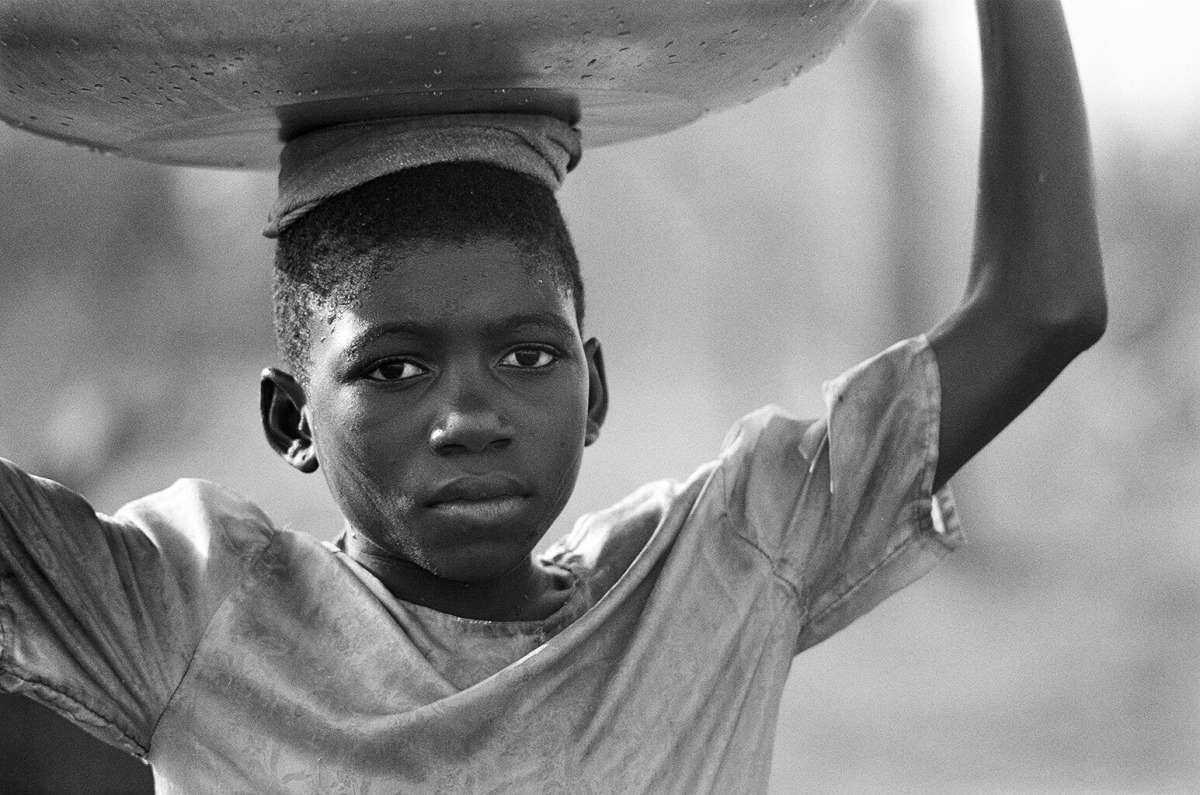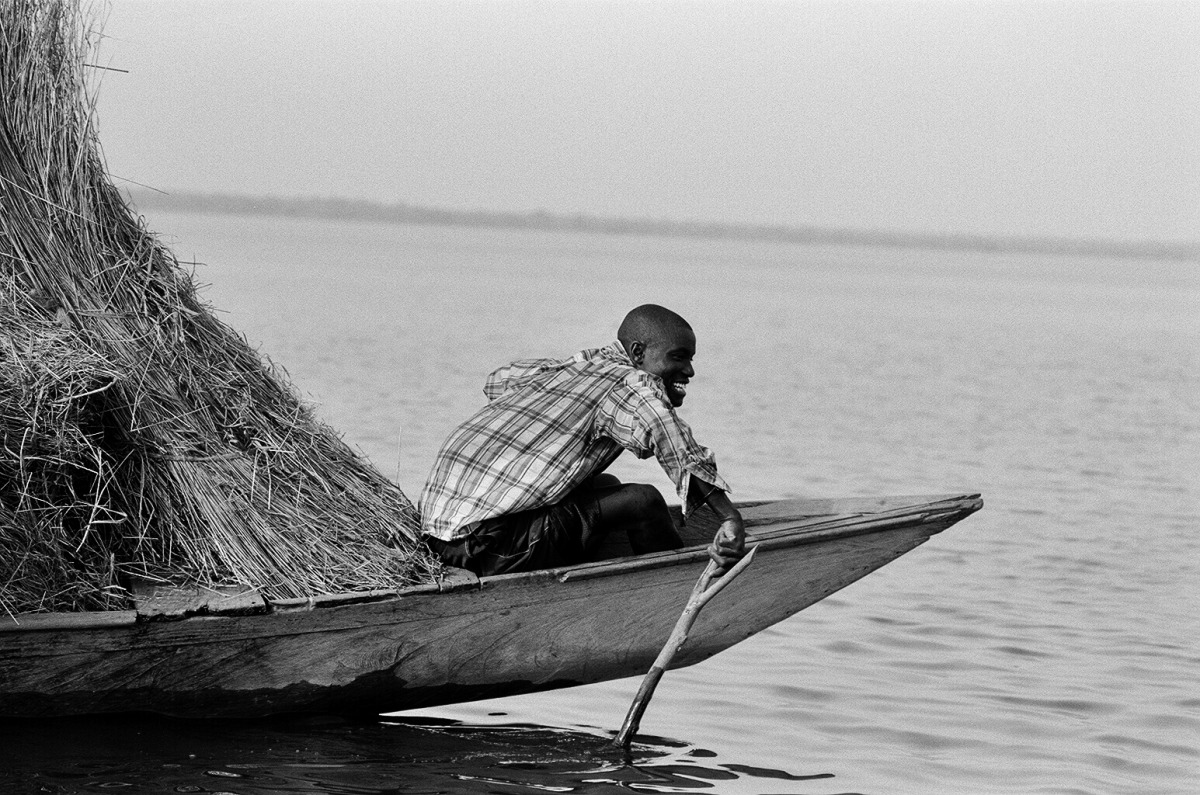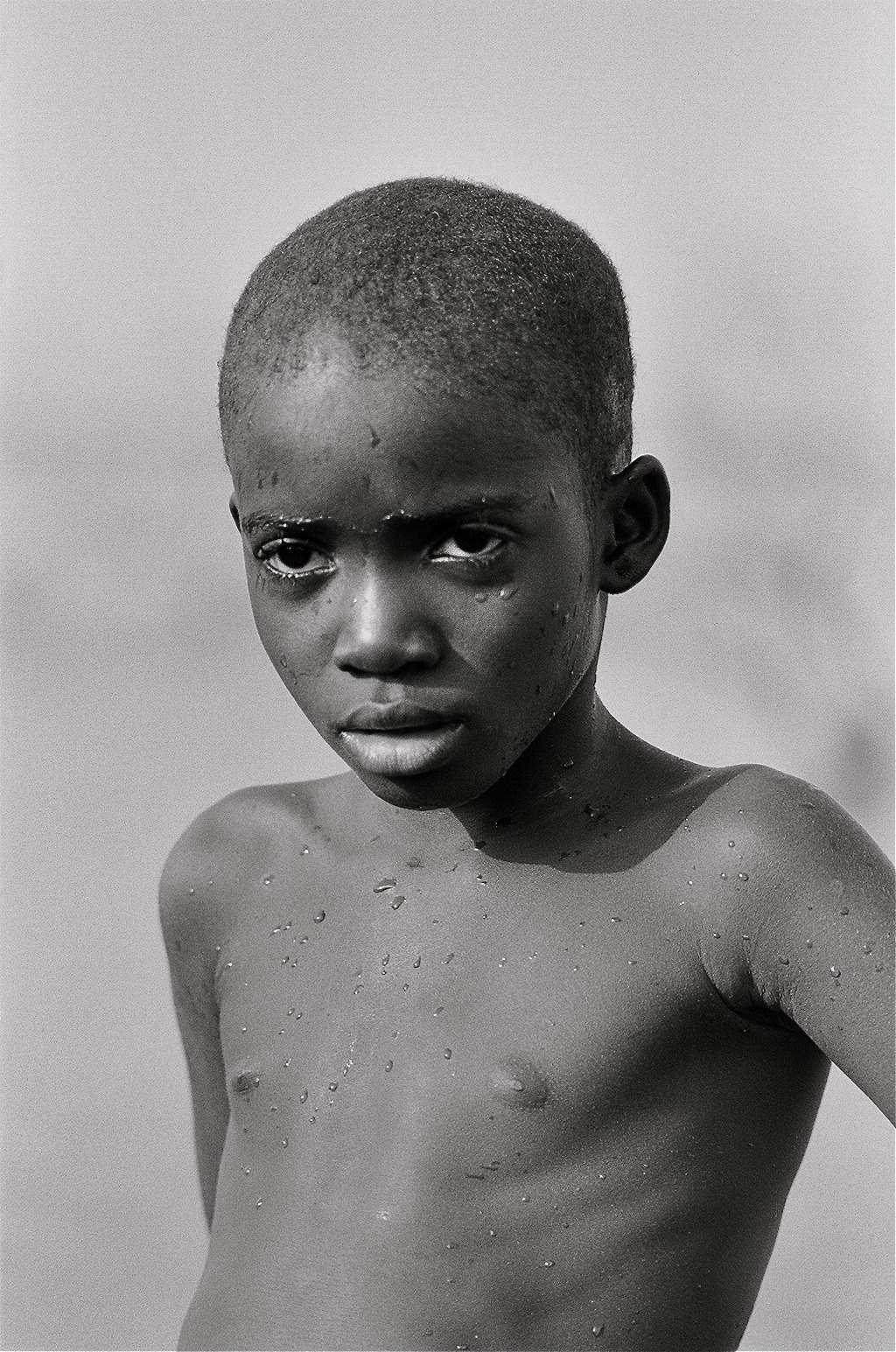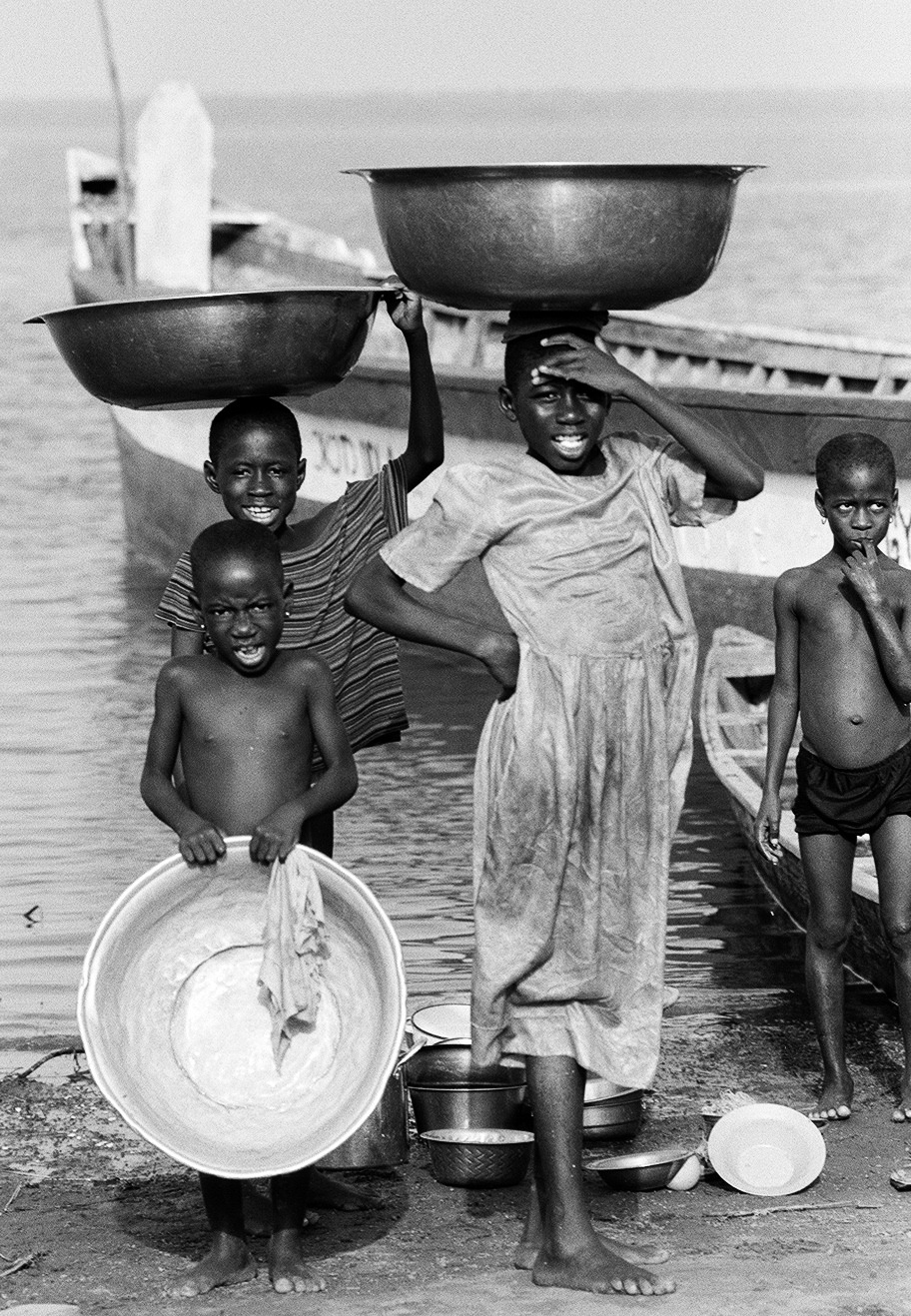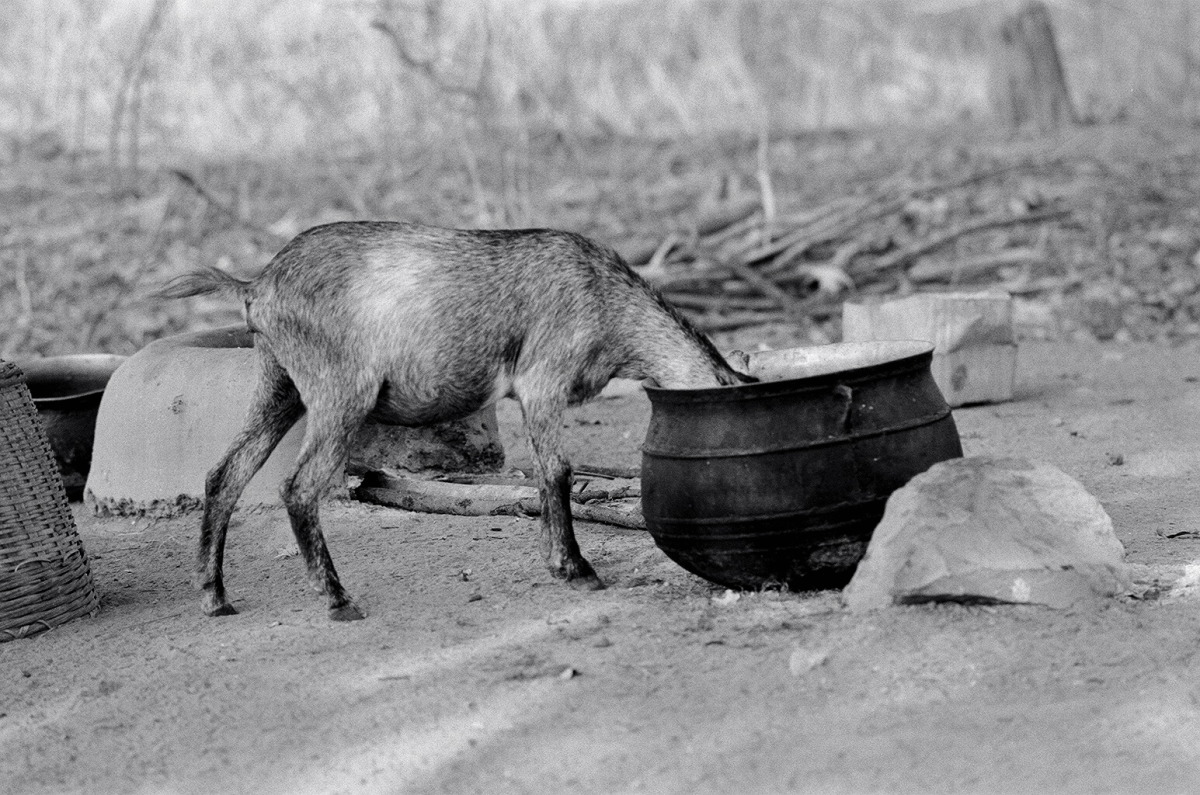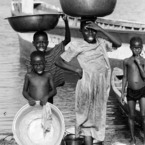When I think about what it takes to change the world, I think that the most important thing is being able to ignore the word no. You’ll be hit with no all the time as a shameless idealist, and each time you dust it off, you get one step closer to making the difference that you want to make. People will say that you aren’t old enough, don’t have enough money, there aren’t enough of you, there is too much to be done, that you won’t reach your goals, that your contribution isn’t going to make an impact. You’ll hear doors slam, people will walk right past you, some will even laugh at you. In their own way, each of these people will be saying no to your vision — your dream for a better world.
Don’t listen to them.
When I was in high school, I saw the first Invisible Children DVD a couple weeks after it was released. As the credits rolled, I knew that my life would be forever changed by what I had just become a witness to. I started spreading the word around, but raising awareness amongst the people I knew just wasn’t enough — I wanted to contribute, to do something for those kids that I now felt I knew.
I wrangled two of my friends into helping me with a half-baked idea, and soon, we had turned a room in my house into a home-base of sorts, with maps of Uganda, Invisible Children swag, posters, pamphlets and a mini fridge. From there, we decided we wanted to throw a benefit concert to raise money and awareness for “The Rescue”, Invisible Children’s campaign to rescue child soldiers from Joseph Kony. This is when we began to hear the word no.
We went to our principal with a pitch – she told us that we were too young, too inexperienced, and that there weren’t enough of us to run a concert. She suggested a bake sale. I sat on the steps in front of my school and cried, in despair that I would never be old enough or important enough to make the difference I wanted to make, the one I knew I could make if I was given a shot. However, in what I now look back on as the most defining moment of my short life, I decided that her no was not going to stop me. We would have our benefit concert, and she would see what kids can do when they put their hearts and minds to it.
Three months later, I was standing on stage behind City Hall, shaking hands with the Mayor, who had given us the space for free, watching 50 Starbucks volunteers hand out coffee, proceeds from which would join their $2000 donation and the donations of the many attendees and other sponsors. Bands were backstage, getting ready to perform, and my friends and I had just finished a front-page interview for the local paper. At the end of the night, I handed Invisible Children’s representatives a cheque for $9,452 dollars. Months after that, we ran a full day festival on Victoria Day, raising even more for the incredible cause. My principal attended the concert.
Years later, with new challenges and new nos coming at me every day, I always remember that day — the day I decided that I would never let anyone else, or their opinions of what I am capable of, define me. World changers for centuries have come to the same conclusions – Nelson Mandela spent 20 years in prison, denying the word no, inspiring the world as he sought freedom and equality as South Africa’s first black President. Amelia Earhart shook off the word no and became the first female pilot. Gandhi ignored no and led his country out of oppression with non-violent protest. Jane Goodall ignored no and faced countless danger to follow her passion. Everyday, world changers shake up their communities and the global landscape by striding past every no, with their heads high, and doing what others believe cannot be done. So if anyone out there tells you that you can’t do something — you can’t win that race, you’re not smart enough to be a lawyer, you can’t raise enough money, you can’t make an impact, you’re not strong enough to change the world — deny them the power of defining what you choose to try. Do what everyone thinks you can’t, and show them that you can.
ORIGINALLY PUBLISHED ON THE CHANGE HEROES BLOG

